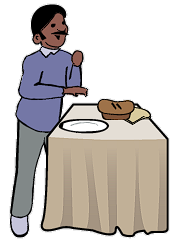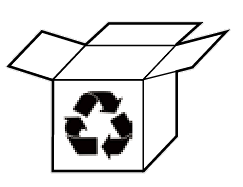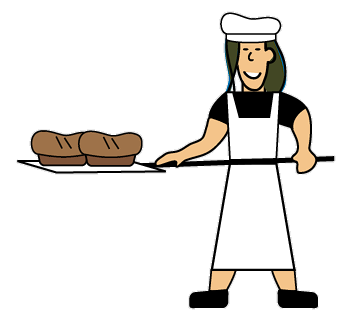E2.1 Use appropriate metric units to estimate and measure length, area, mass, and capacity.
Activity 1: Choosing the Most Appropriate Unit
Goal
In this activity, students will choose the most appropriate unit of measurement to determine the mass of various objects.
Material
- pan balances
- masses of 1 mg, 1 g and 1 kg
Instructions
Provide students with several objects whose mass they can easily determine using a pan balance and masses of 1 mg, 1 g and 1 kg.
Ask students to select the appropriate unit of measurement.
Have students estimate the mass of the object (by holding it in their hands) before weighing it.
Have students use the manipulatives to determine the mass of the object.
Have students fill in the table below with the results of the estimate and actual mass of each object.
|
Most Appropriate Unit of Mass |
Estimation |
Mass |
|
|
Spice bottle |
g |
50 g |
45 g |
Source: translated from L'@telier - Ressources pédagogiques en ligne (atelier.on.ca).
Activity 2: Choosing the Appropriate Attribute
Teachers provide students with a cylindrical container and ask them to list its measurable attributes. The teacher then leads a discussion about the attributes identified such as height, width, depth, thickness, circumference, area, mass, capacity or volume. Students are asked to describe each of these attributes and identify the one that corresponds to the number of pieces of candy the cylinder can hold.
Source: translated from Guide d'enseignement efficace des mathématiques de la 4e à la 6e année, Mesure, p. 84.
Activity 3: Choosing the Appropriate Attribute
Teachers show students a loaf of bread. They are then presented with a variety of situations and asked to identify, in each case, the attribute(s) that could be measured to solve the problem. The table below provides some examples of possible situations.
|
Situation |
Attributes to Be Measured |
|
Is the tray big enough to hold the bread?  |
The length and width of the bread and the width of the tray. |
|
Is the paper bag big enough to hold the bread? |
The length of the loaf and the length of the bag, as well as the perimeter of the loaf and the circumference of the bag opening. |
|
Is the box big enough to hold the bread?  |
The volume of the bread and the capacity (interior volume) of the box. We can also add that we should consider the dimensions of the bread (length, width and height) and the dimensions of the inside of the box to ensure that the bread can be placed in the box without being crushed. |
|
How much does bread cost if it is sold at $0.05 per gram?  |
The mass of the bread. |
|
The baker put the bread in the oven at 9:00 a.m. and removed it at 9:45 a.m. How long did it take to cook?  |
The elapsed time between the start and end of the cooking process. |
|
After baking, is the outside of the bread as hot as the inside? |
The temperature of the crust and the crumb of the bread. |
Source: translated from Guide d'enseignement efficace des mathématiques de la 4e à la 6e année, Mesure, p. 84-85.
